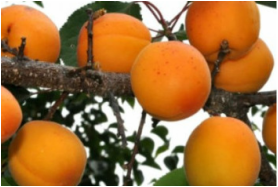
Stand the tree up and gently pull the roots outward. If roots are growing around in a circle and are tightly compacted, make four or five vertical cuts through them with a utility knife and spread the roots outward.
Prepare an area 36 in. in diameter, clearing all sod and weeds. Work the soil 24 in. deep. Dig the hole right before planting deep enough and wide enough to accommodate the roots without crowding
Place the tree in the hole and hold it in position. Fill the hole with the soil that you removed. Tamp the soil down with your foot between shovelfuls to compact the soil. Fill the hole until it reaches ground level.
Shovel the excess soil from the hole in a circle around the hole’s edges. Add topsoil to the excess soil to create a water ring that is at least 4 inches deep. Lightly wet the water ring with a garden hose and compact it with the flat side of a hoe.
Water your Manchurian apricot tree in the water ring until the soil is saturated (water no longer soaks into the ground).
Place a 3-foot wooden stake just outside the water ring on any side of the tree. Hammer it into the ground about 6 to 8 inches deep until it is steady when you wiggle it with one hand. Tie cloth tape around the stake and loosely around the tree trunk to stabilize it in high winds.
Prepare an area 36 in. in diameter, clearing all sod and weeds. Work the soil 24 in. deep. Dig the hole right before planting deep enough and wide enough to accommodate the roots without crowding
Place the tree in the hole and hold it in position. Fill the hole with the soil that you removed. Tamp the soil down with your foot between shovelfuls to compact the soil. Fill the hole until it reaches ground level.
Shovel the excess soil from the hole in a circle around the hole’s edges. Add topsoil to the excess soil to create a water ring that is at least 4 inches deep. Lightly wet the water ring with a garden hose and compact it with the flat side of a hoe.
Water your Manchurian apricot tree in the water ring until the soil is saturated (water no longer soaks into the ground).
Place a 3-foot wooden stake just outside the water ring on any side of the tree. Hammer it into the ground about 6 to 8 inches deep until it is steady when you wiggle it with one hand. Tie cloth tape around the stake and loosely around the tree trunk to stabilize it in high winds.
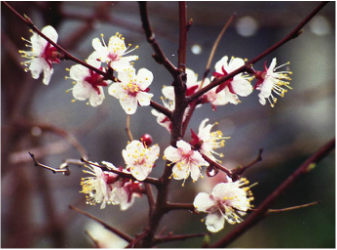
Ah... The apricot. This little fruit is delightful in all kinds of recipes: sauces, jams, pies, etc. This variety, the
Manchurian apricot, is the hardiest and can be grown in our colder climate (zone 3). The tree will grow about 10-12 ft. tall, and can live to be 30 years old.
It's best to plant at least two of these so that they can cross-pollinate. These trees are very vigorous and they can thrive almost anywhere. In spring, they bear pink flowers that turn into edible 4-5 in. fruits. I would recommend fertilizing the tree after it has reached bearing age. The Manchurian apricot typically produces a good crop of fruit just every other year.
To plant, lay the Manchurian apricot pot on its side on the ground. Slightly lift the pot and pull it from the roots of the tree. You may need to grasp the trunk in one hand and the pot in the other hand and rock the trunk side to side to release the tree and roots.
Manchurian apricot, is the hardiest and can be grown in our colder climate (zone 3). The tree will grow about 10-12 ft. tall, and can live to be 30 years old.
It's best to plant at least two of these so that they can cross-pollinate. These trees are very vigorous and they can thrive almost anywhere. In spring, they bear pink flowers that turn into edible 4-5 in. fruits. I would recommend fertilizing the tree after it has reached bearing age. The Manchurian apricot typically produces a good crop of fruit just every other year.
To plant, lay the Manchurian apricot pot on its side on the ground. Slightly lift the pot and pull it from the roots of the tree. You may need to grasp the trunk in one hand and the pot in the other hand and rock the trunk side to side to release the tree and roots.

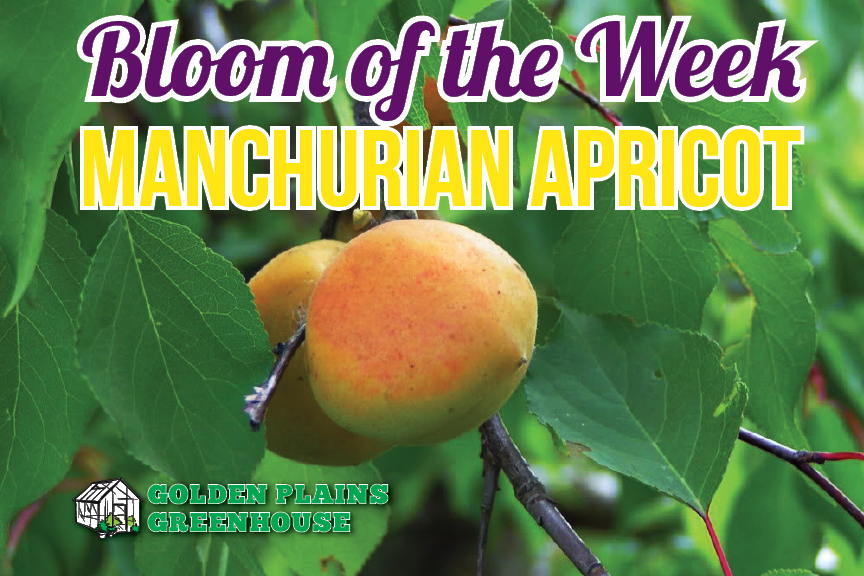
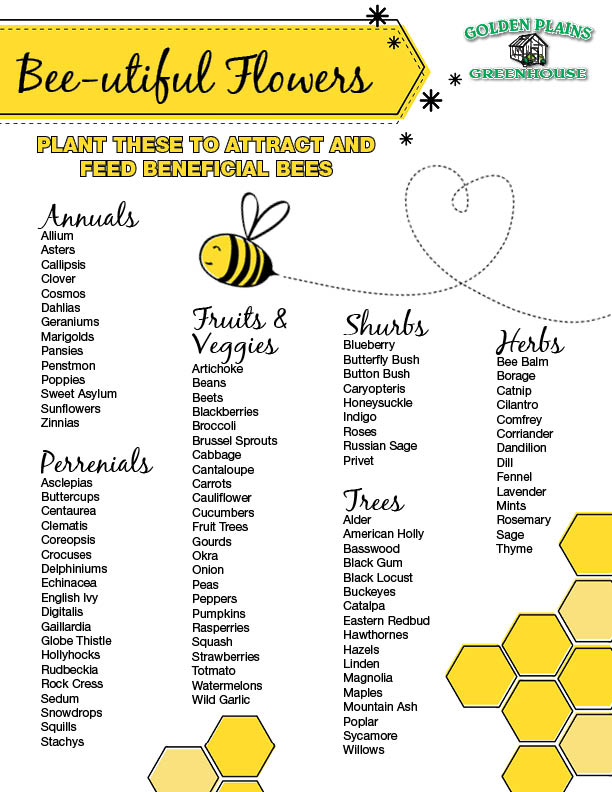
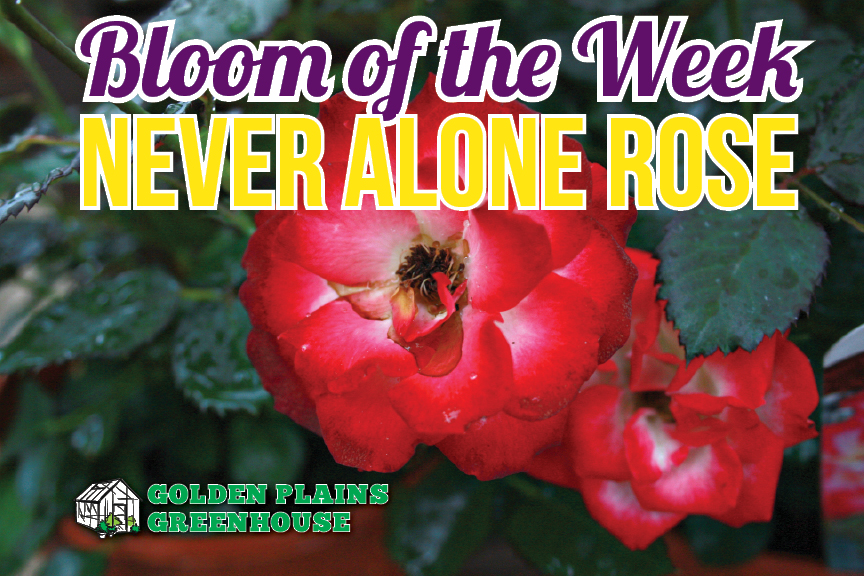

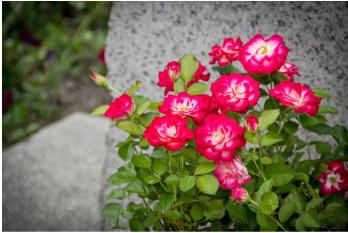
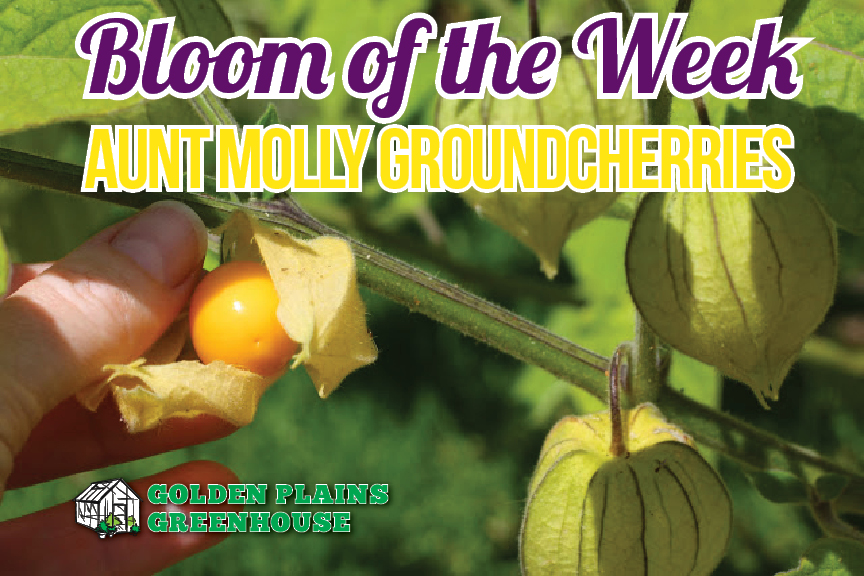
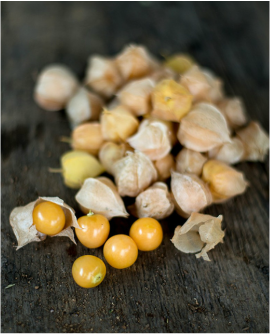
 RSS Feed
RSS Feed